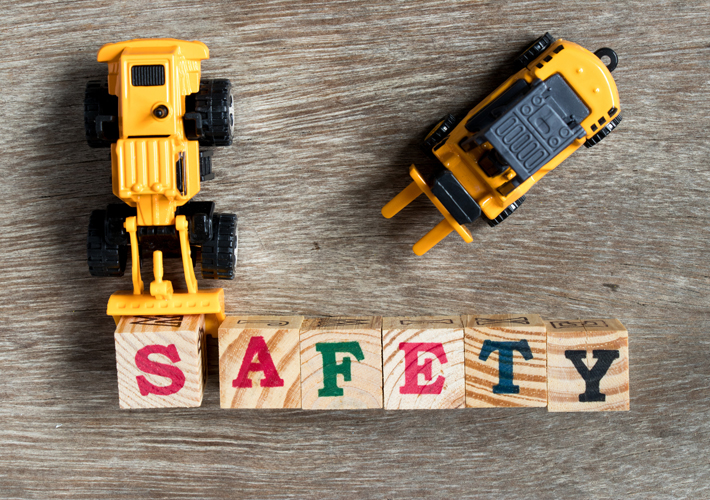
Key Toy Safety Standard Revised
ASTM International has published a revision to its Standard Consumer Safety Specification for Toy Safety (F963) to reflect changes approved by its toy safety subcommittee (F15.22).
This specification serves to address potential hazards of various toys that may not be readily apparent to the public, but may emerge from their construction, normal use, or a certain degree of abuse.
The most recent revisions impact technical requirements for a variety of toy features, including updates to the requirements for battery accessibility, expanding materials, projectiles, and the sound level of toys. The latest revision also clarifies requirements for toy substrate materials, phthalates and tracking labels.
According to Joan Lawrence, chair of ASTM F15.22, F963 has been recognized as a “gold standard” for toy safety and is often emulated around the world.
“ASTM F15.22 brings together a multi-stakeholder expert group – including medical and child development experts, engineers, chemical experts, industry, testing laboratories, academics and consumer representatives, and has long led the world in its focus on risk-based, data-driven safety standards for toys,” said Lawrence. “The changes in the latest edition of ASTM F963 reflect the work of the subcommittee over the past few years, and its list of upcoming priorities demonstrates the subcommittee’s commitment to continuing this important process.”
In addition to the above revisions, the subcommittee’s upcoming review of product areas, including certain aquatic toys, ride-on toys, and water/gel bead toys could prompt further revisions to the standard.
ASTM welcomes participation in the development of its standards. JOIN ASTM.
 SN Home
SN Home Archive
Archive Advertisers
Advertisers Masthead
Masthead RateCard
RateCard Subscribe
Subscribe Email Editor
Email Editor